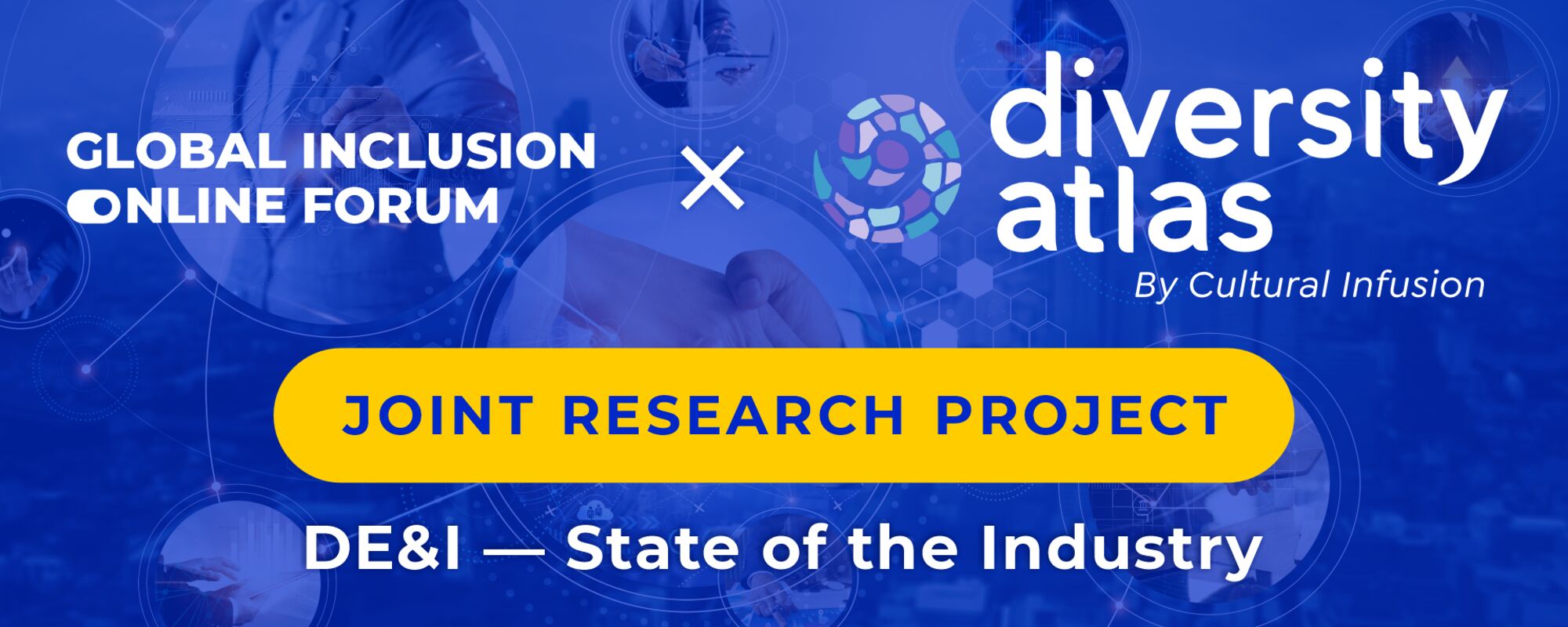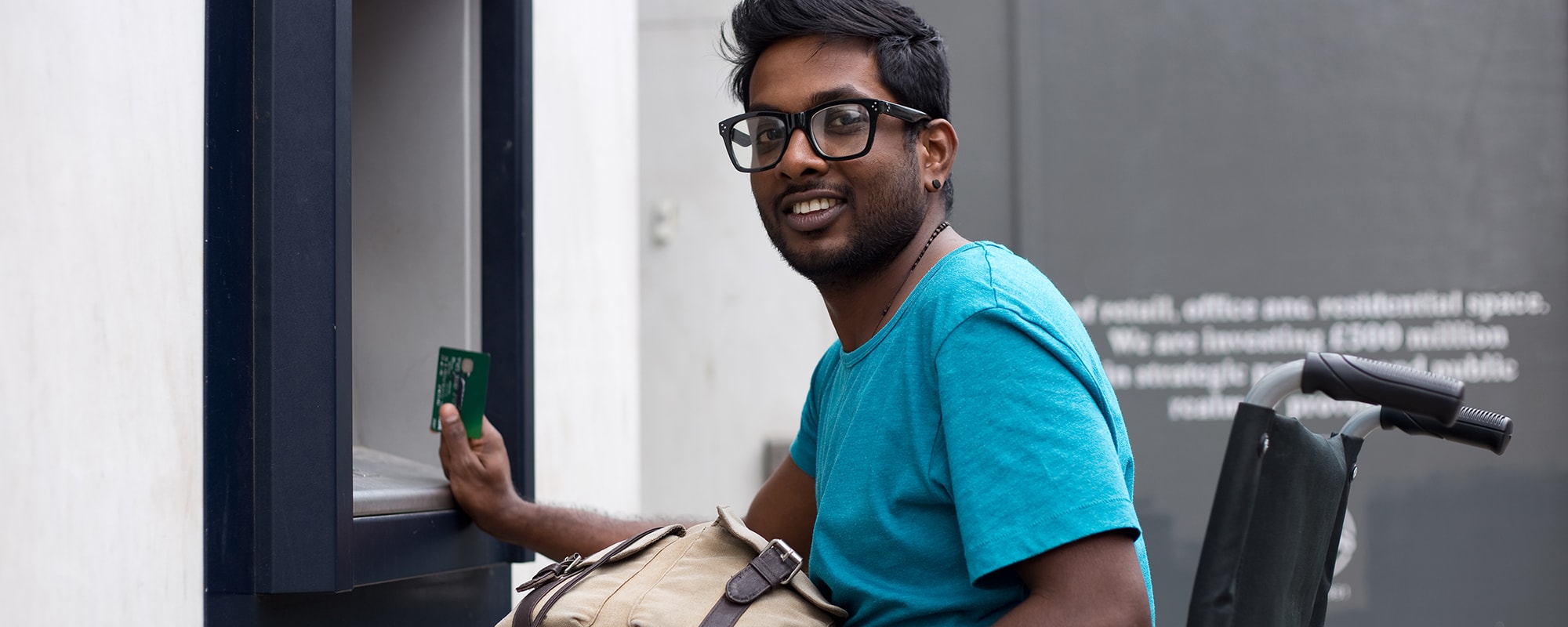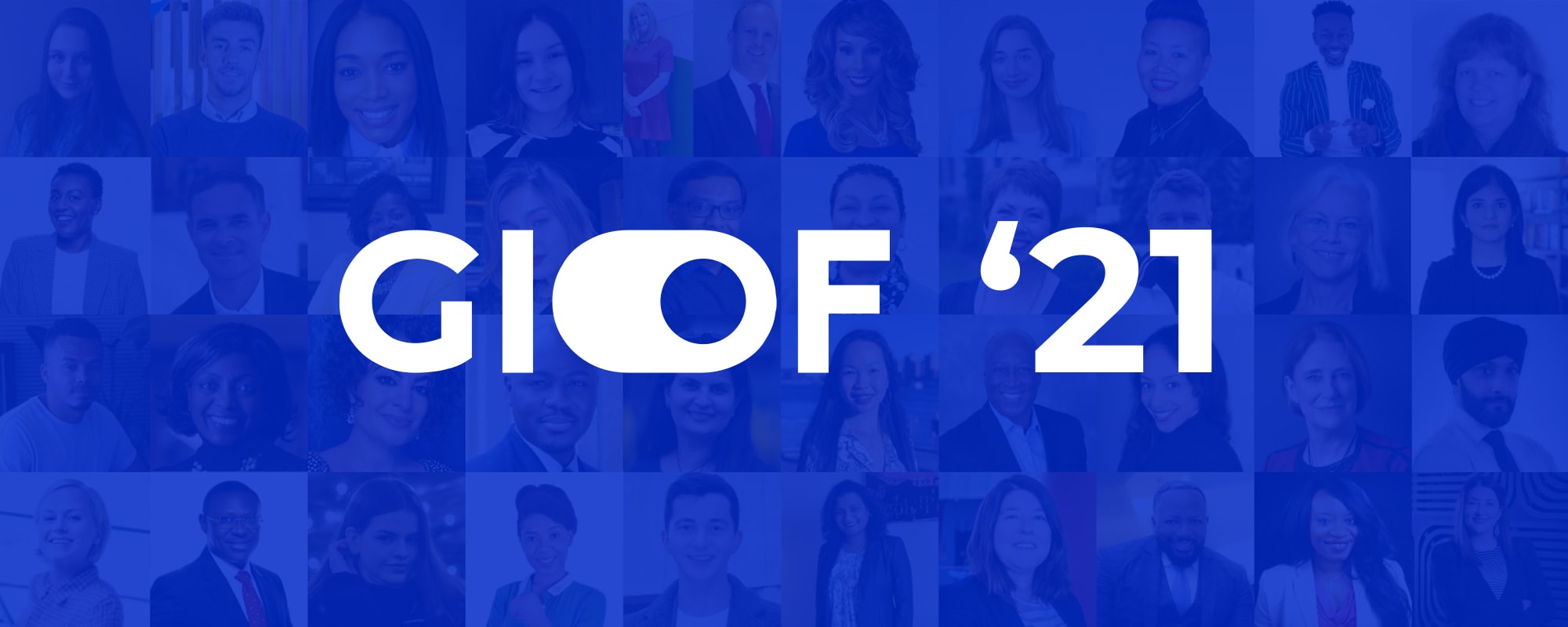MARIIA PRYLYPKO ON STARTING WITH DISABILITY INCLUSION

According to the World Bank disability analysis, 15% of the world’s population experiences some form of disability. On top of that, people with disabilities still do not have the same access to work opportunities as their counterparts do because decision-makers don’t always think of disability inclusion as a business move.
Since disability itself cannot be a criterion for hiring, disability inclusion should be a top priority in every workspace. In reading this article, I hope you learn a few tips on how to start a full disability inclusion program as well as what to consider in the process.
Ensure the recruitment process is inclusive

It has been estimated that in the United States, only one in three (34.9%) individuals with disabilities are employed compared to 76% of their counterparts without disabilities, and this disparity appears to be increasing over time. Therefore, our next step is to understandhow to recruit, hire, onboard, and advance employees with disabilities.
Organizations that are new to disability-inclusive hiring can start by reviewing their recruitment practices to ensure they are fair, objective, and non-discriminatory. The best way to do that is to use blind hiring techniques. A blind hiring program helps eliminate hiring biases and is particularly relevant to disability recruitment.
Depending on the disability, the recruiter who is facilitating the interview process doesn’t need to reveal to the hiring team that the candidate is disabled. When it comes to making a hiring decision, the disability can be discussed. Collaborative hiring will increase the chances of fair and transparent decision-making.
Don’t forget about equal pay and benefits. It’s the responsibility of HR executives to ensure that hiring managers don’t adjust figures downwards if an offer is made to a candidate with a disability. HR executives have access to all staff information as well as market-related pay packages for all positions. Disability wages shouldn’t be a thing.
Understand the challenges a person with a disability might face and address them with leadership

Our societal systems are created primarily for those without disabilities. It is often assumed that we can walk up and down the stairs, see clearly, hear commands, and listen to announcements. However, this is not the case for everyone. One of the first steps towards integrating employees with disabilities is to understand the inconveniences or disadvantages they might experience in your company and then eliminate them.
This involves identifying areas that are disability-friendly and making structural changes to areas that are not. For example, suggest replacing push-or-pull doors with sliding doors and making digital documents e-accessible. PDF documents can be read by users with visual impairments using text-to-speech software if they are made e-accessible.
The next crucial step is getting leadership buy-in for innovating the workplace and starting the disability inclusion program. Make sure to build a strong case so they understand why it should be a priority. Reinforce the program’s importance by reporting progress along the way. That will help to keep the organization focused on the goal of building a more inclusive workplace.
Highlight that companies hiring people with disabilities and growing their talent pool have a considerable advantage over their competitors. Employees with disabilities come with perseverance, innovation, endurance, and dedication. Whatever their disability, they’ve gone through far more than the average person, and they’ve learned to adapt.
Another essential tip that can help to get buy-in from hiring managers, recruiters, and your workforce is to write disability employment into the recruitment policy. If it isn’t written into your hiring philosophy, vision, processes, and standards, people will agree to it in principle but ignore it when it comes to hiring decisions.
Create a supportive environment in the workplace

Even when employed, people with disabilities are more likely than their co-workers without disabilities to report underemployment, involuntary part-time or contingent employment, and lower-than-average salaries. This is why hiring diverse talent is only the beginning – the next major step is retaining the talent.
Once a disabled candidate has been hired, the team they’ll be working with must be told of their disability. People are often unsure of what should and should not be said when speaking to someone with a disability. Therefore, staff must be prepped on common-sense etiquette. To ease the uncertainty, the team should establish a shared understanding of what’s appropriate.
Once you’ve compiled your recruitment policies, you must carry out anti-discrimination training with a focus on disability, mandatory for all staff. Also, make sure that it’s ongoing. Welcome your new colleague as you would anyone else – just be mindful of their disability. They don’t want sympathy, they don’t need to be treated differently, and they don’t need extra help. If they need help, they’ll ask, just as anyone else will.
It is also important to accommodate a disabled employee. For example, a bigger computer screen and voice-to-text software are required to hire a partially-sighted person. An employee who uses a wheelchair might require a desk that can be set higher or lower and a bit more space around them. There’s nothing particularly costly about accommodating workers with disabilities; it’s often just common sense that’s required.
Include people with disabilities in internships. Set an annual quota for interns with disabilities. Whether you run annual or ongoing internship programs, make it mandatory that people with disabilities are included. In some countries, you can’t stipulate that you’re looking to hire disabled candidates, but you can in others. If you aren’t transgressing labor legislation, invite disabled applicants in particular to apply.
By no means is completing this list the end of the journey. Get your company to be loud and proud about its recruiting efforts in the disability community. Disability inclusion is about making it a part of everyday business as an ongoing process. Remember – when employees with disabilities are consistently valued for their strengths, the whole company benefits.

 Blind Hiring Summit: Embracing the New Age of HR
Blind Hiring Summit: Embracing the New Age of HR DEI Data Summit
DEI Data Summit Diversity Fatigue Summit
Diversity Fatigue Summit GIOF 2022 Annual Meeting
GIOF 2022 Annual Meeting Banking for everyone: Arising accessibility trends in banking and financial services
Banking for everyone: Arising accessibility trends in banking and financial services GIOF 2021
GIOF 2021 GIOF 2020
GIOF 2020